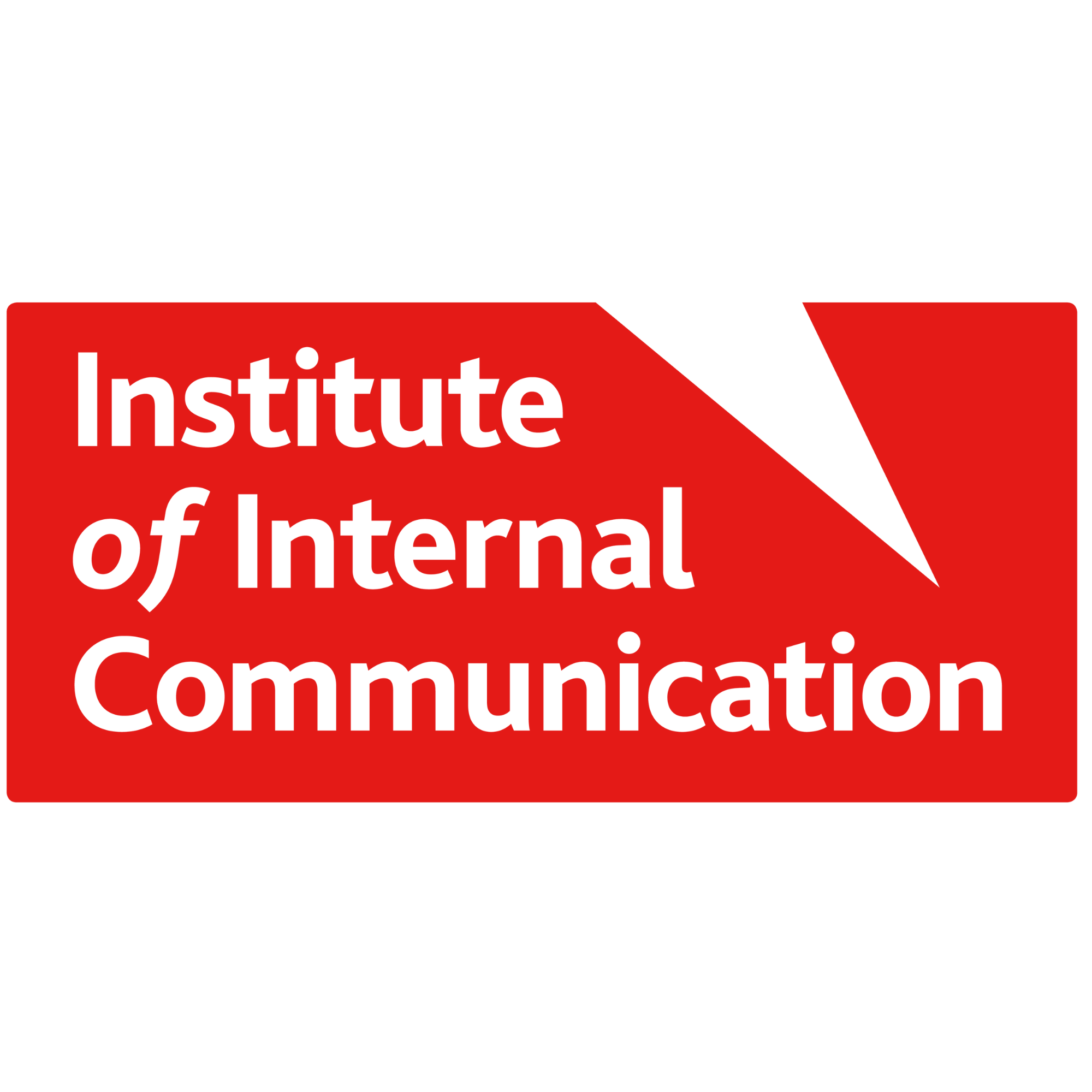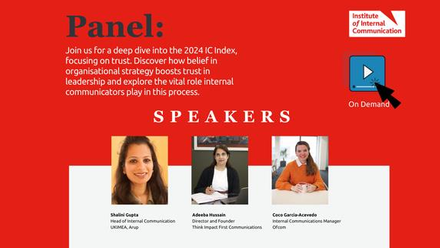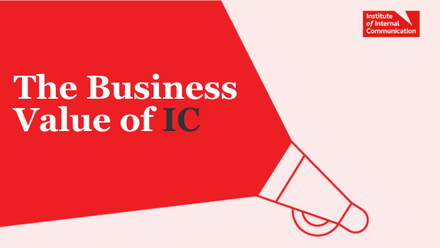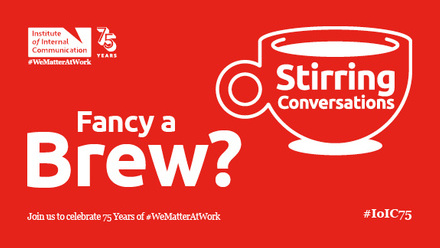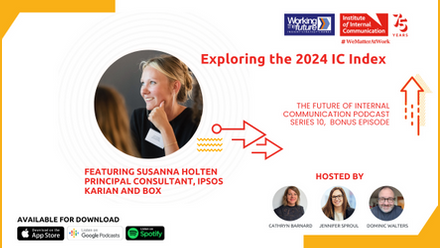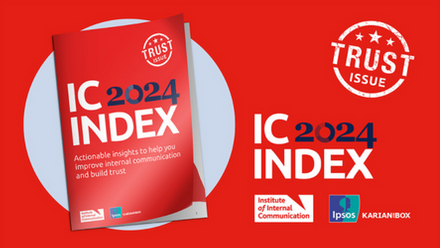Putting aside debate about how far ahead IC teams should be looking, many practitioners report being overwhelmed by the sheer amount of day-to-day work that has to be done. In the popular management book The 4 Disciplines Of Execution this is referred to as 'the whirlwind'. It is a good metaphor. The constantly growing list of projects, requests, meetings and unforeseen developments endlessly demands our time and attention. In many ways, it has to be serviced. But if we are giving this torrent of stuff our full attention, are we really doing our organisations any favours?
At the IoIC, our view is that by devoting some time to formulating IC strategy, we ensure that our communication efforts stand the biggest chance of making a meaningful impact on our organisations' performance. That is why working alongside seasoned practitioners we have developed a thorough guide to IC strategy now available to IoIC members. Here is a taster of what it covers.
- How to analyse the organisation, its direction (however much or little this is formalised) and its people. As part of this, a key factor is understanding what the organisation needs from its employees. We also cover what to do when these things are less clear that you'd ideally like them to be, and how to align with other relevant functions internally (like HR or IT)
- How to identify what communication goals to set. This involves analysing where communication has the greatest potential to be a lever for achievement of organisational goals.
- How to engage stakeholders, senior ones in particular, while doing the two things above.
- How to consider different potential strategies for pursuing communication goals and assess which of these to move forward with. It's so easy to go with your first gut instinct, and on many occasions this may prove a good bet, but we contend that there is a lot of benefit to be had from looking objectively at alternatives.
- How to evaluate whether your strategy is working once implemented and adapt it based on what has been learned. Also, we look at how to flex your strategy in the face of change.
The management thinker Peter Drucker once said: "I've seen a great many people who are exceedingly good at execution, but exceedingly poor at picking the important things." If you think that is ever true in your team, then it may be that more time needs to be carved out for strategy development. And if you're not sure where to start… well, we hope our guide will help.
